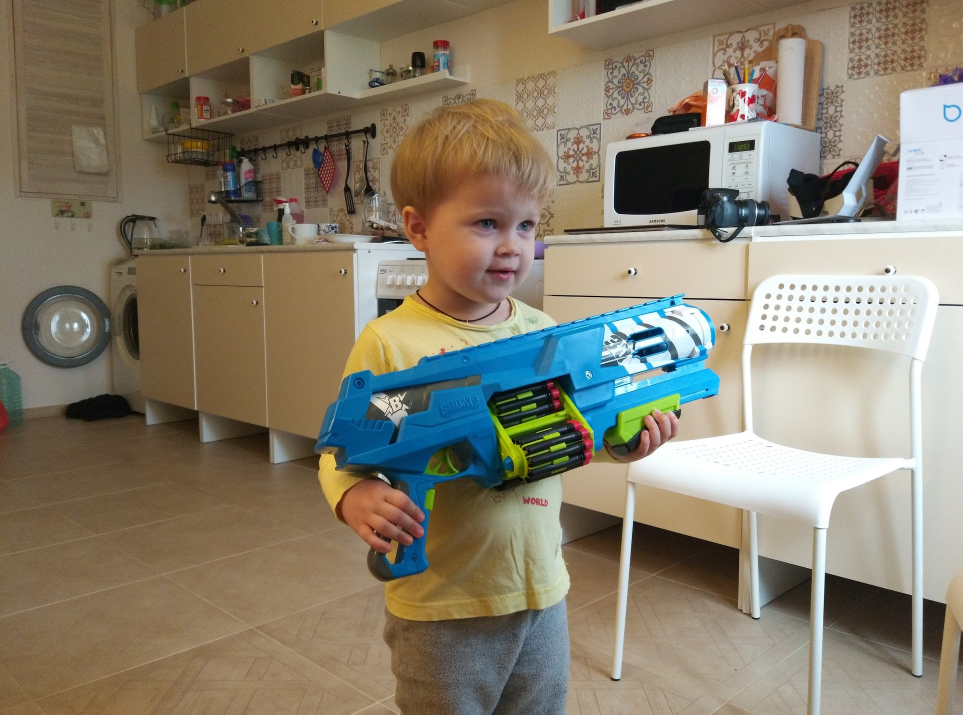Alcatel IDOL 4S Review: Virtual Reality Out of the Box
In the first quarter of 2016, 12 million smartphones were sold under the Alcatel brand, and the company is trying to strengthen its position in the market with the help of high-quality devices. This year, she continued the Idol line, issued two new flagships and removed the OneTouch from the name.
Alcatel Idol 4S has decent technical features, excellent loud sound, a 5.5 "AMOLED display with a resolution of 2560 × 1440 and virtual reality glasses included so that you can watch pre-installed content and download games without the need for standard smartphone settings Cardboard.
Contents of delivery
The box in which Alcatel Idol 4S is shipped is no different. This is a regular cardboard box ... Although lately this can be called an unusual move. No double packs, box covers, innovative materials.
But inside - another box, or rather, virtual reality glasses with a lid, containing the actual phone, documentation and other components of the kit.
The kit includes:
- Virtual reality glasses with a strap.
- Smartphone.
- Charger.
- JBL stereo headset with 3.5 mm jack
- Instructions and other paper.
- Needle for replacing sim cards.
- Film on the screen.
- Transparent protective cover.
Specifications
The smartphone is built on the basis of the eight-core Snapdragon 652 processor, which has four cores at 1.8 GHz and four more at 1.4 GHz. Adreno 510 550 MHz is responsible for the graphics. The processor, released in 2015, is designed for devices of the average price category, while it supports 4G speeds up to 300 megabits per reception and up to 100 megabits per return and recording video in 4K format. Video in 2160p mode, the device writes at 30 frames per second.
On the benchmark Antutu smartphone entered the top twenty.
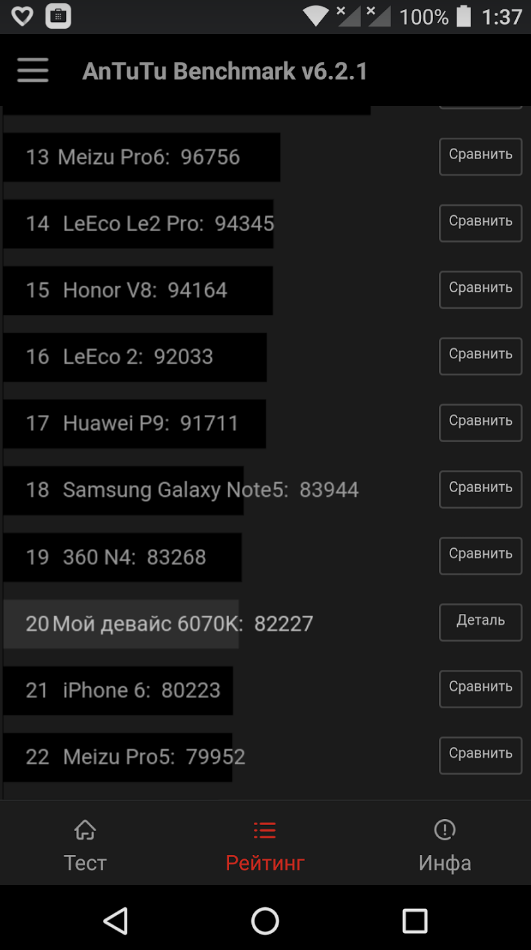
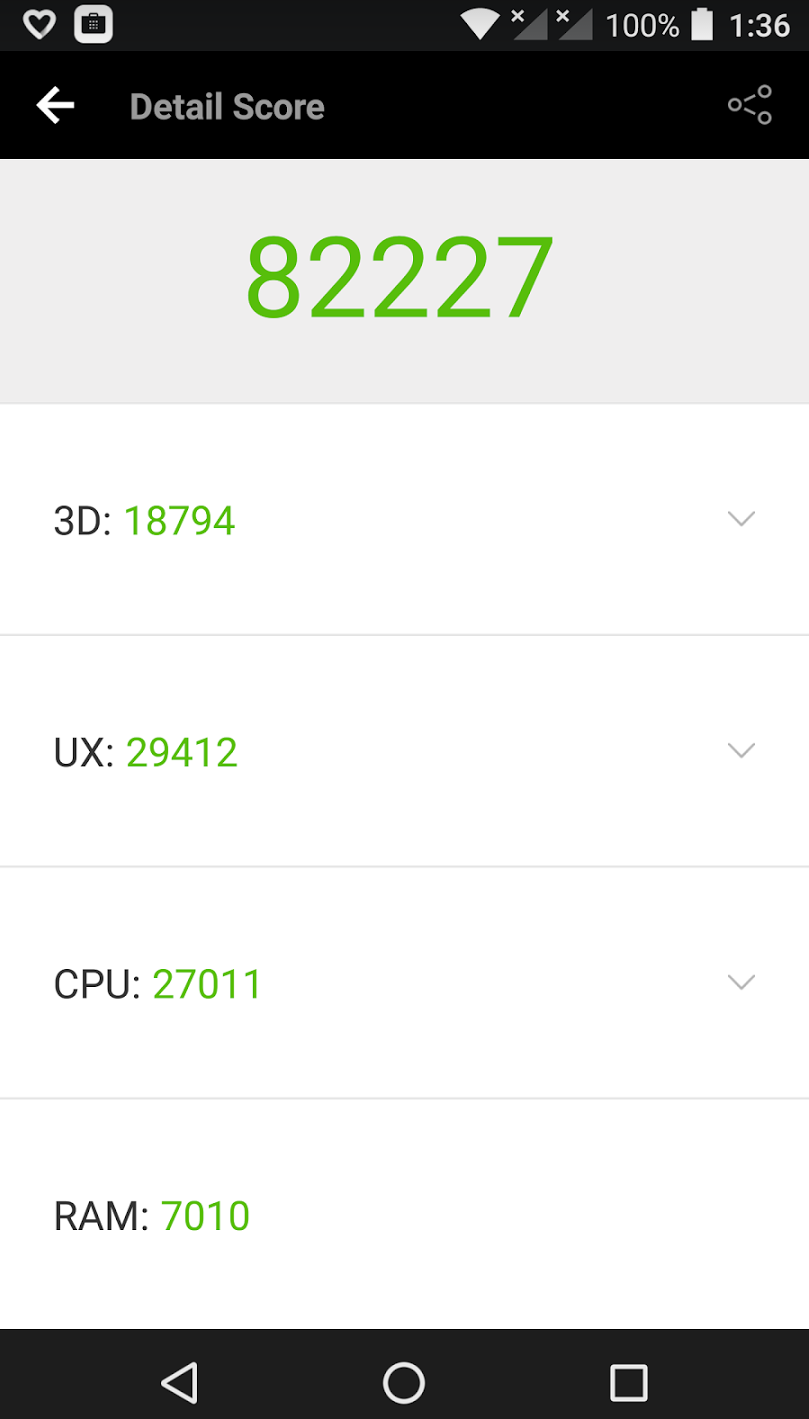
The smartphone has 3 GB of RAM and 32 GB of storage. If, in principle, there is enough RAM in such a volume now, then 32 GB internal already seems not the best option. Well, at least 16 GB have moved away - it still remains a mystery to me why there is so much storage in the Samsung Galaxy S5.
If it is not enough - instead of one of the SIM cards, you can use a microSD card up to 512 GB.
The screen of the smartphone - AMOLED, 5.5 inches, with a resolution of 2560x1440 pixels. Thus, there are 534 pixels per square inch.
If you now thought that the human eye still does not perceive ppi above 300, better remember where this opinion came from: from the presentation of the iPhone 4, when Steve Jobs told about it to everyone. Therefore, it is not about authoritative research, but about another marketing ploy of manufacturers. Our eyes are able to notice the difference between displays up to 900 ppi depending on vision, as confirmed by research by Sun Microsystems and Shapr , although they can be blamed for bias.
In this particular case, the display provides a very beautiful picture. The brightness is always kept at full - compared to the Lenovo Phab Plus, the screen brightness of which is constantly below 20%, it is somewhat dark.
High resolution is also due to the fact that the device is sharpened for virtual reality. From a distance of half a meter on a Full HD smartphone, you can hardly notice the pixels, but when the device is right in front of your eyes, wearing glasses of virtual reality, this moment can be critical.
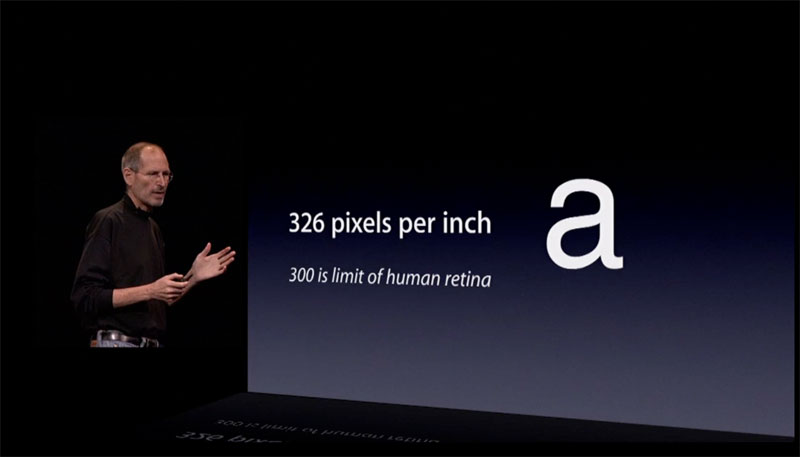
A great example of creating a marketing myth.
The speakers are a big plus. The smartphone is very loud, you can use it to listen to music in the office instead of a computer. Two speakers, while they play in both directions - on each side in the body provided for the lattice. Power - 3.6 watts each.
The 3000 mAh battery, according to manufacturers, should provide 420 hours in standby mode with 4G on and up to 13 hours in talk mode. Again, the desire to make the smartphone as thin as possible leads to the fact that the battery capacity is frankly small for active use of the smartphone. Charging will have once a day, at least.
The smartphone is equipped with a Boom button, designed to launch special effects (read - additional functions) in various applications.
The screen is protected by glass Dragontrail, and it also closes the back panel of the smartphone. The case is framed by a steel frame. In the hands of a smartphone to hold nice. The temperature rises with the active use of the phone with glasses of virtual reality, where it turns into a stove - but this can only be noticed after you get it. In normal mode, it remains cold.
The glass is very smooth. In this video, the smartphone is "dancing", hooking the camera to the armrest. The feature was discovered by chance.
Specifications:
Screen: 5.5 ”AMOLED QHD 1440 x 2560
Processor: Qualcomm Snapdragon 652 (4x1.8 GHz + 4x1.4 GHz)
Graphics accelerator: Adreno 510 @ 550 MHz
Main / front cameras: 16 Mp / 8 Mp
RAM: 3 GB
Permanent memory: 32 GB (25 GB available to the user)
MicroSD: up to 512 GB
Sound: 2 stereo speakers (2 x 3.6 watts)
Battery: 3000 mAh (up to 13 hours in talk mode)
Dimensions: 153.9 x 75.4 x 6.99 mm
Weight: 149 g
Camera
The main camera is 16 megapixels. It works quickly, focusing from 0.1 to 0.3 seconds. There is a Fyuse mode that allows you to take 3D photos, then to view the subject, changing the position of the smartphone.
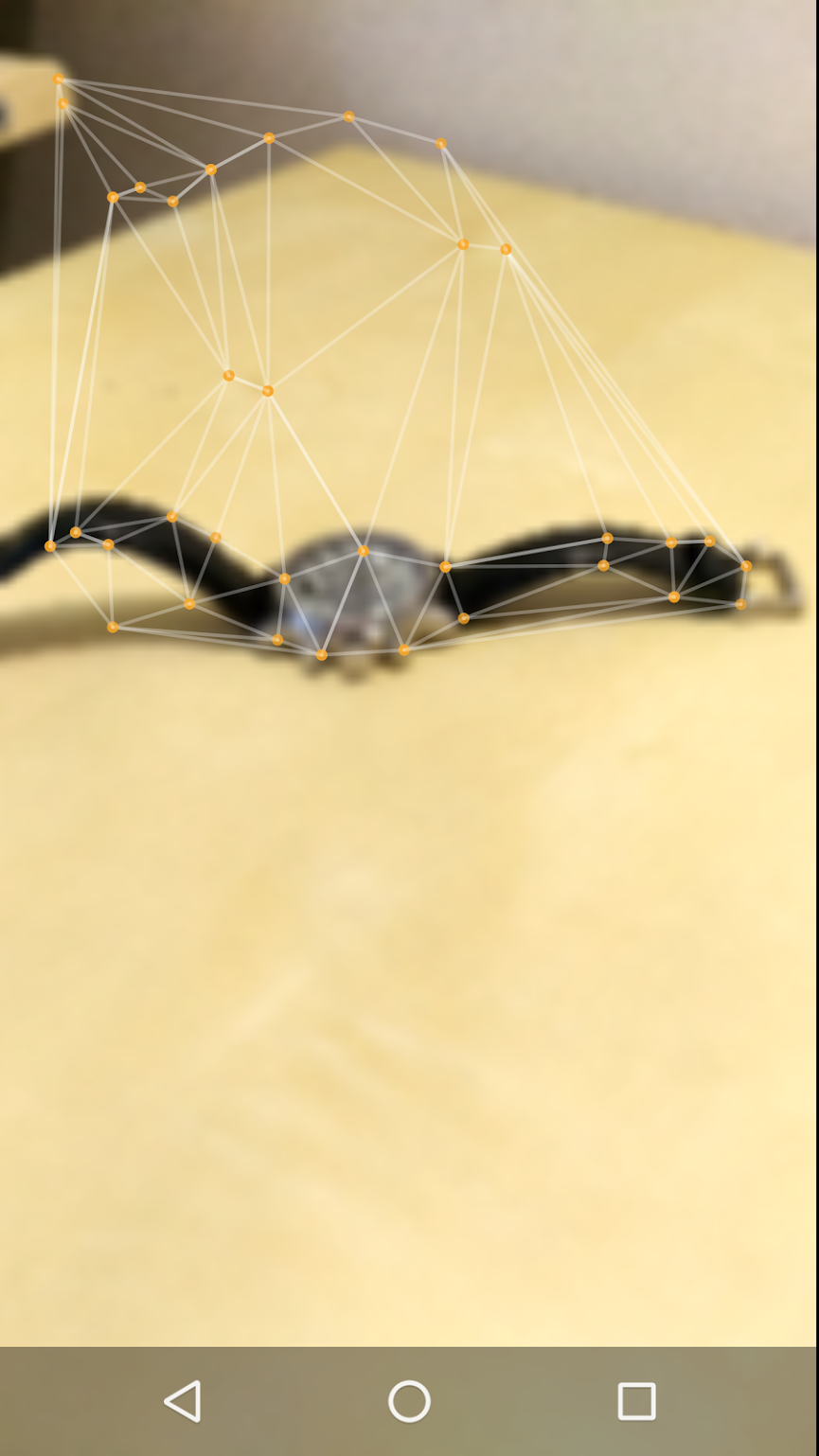
The main camera lens consists of 6 lenses. The camera has a two-tone LED flash. Of the functions - panorama, zoom, geotagging, micro-video. The photo below is clickable, leads to a photo in full size - 4102 x 3076 points, 1.9 megabytes.
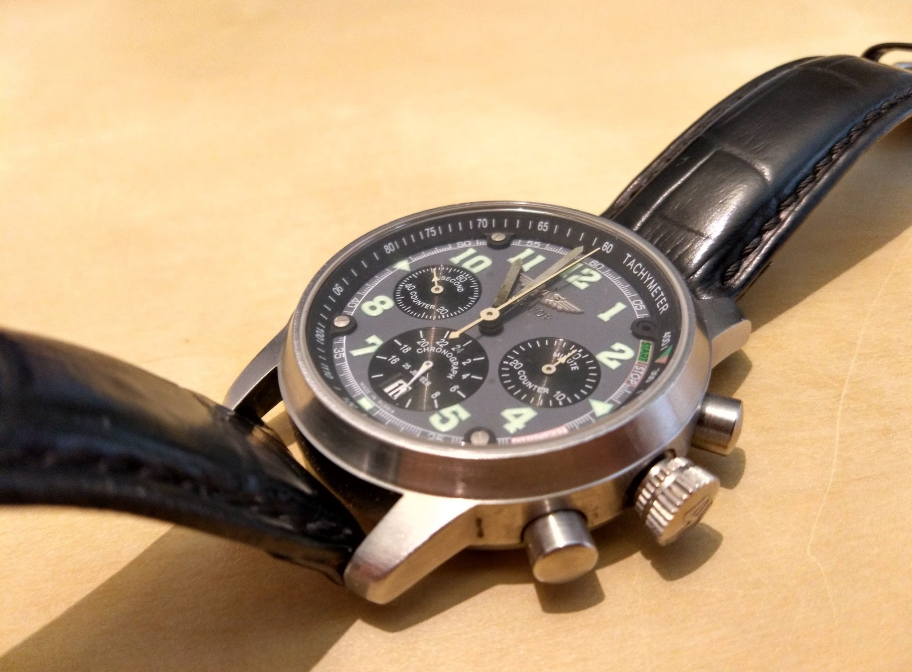
Another clickable photo example.
The front camera is 8 megapixels, for those who love selfie.
Virtual reality glasses
Inside the carton is another box, this time from a good plastic. In principle, it can be called the main packaging. The box turns into virtual reality glasses, and inside is the whole set.
Virtual reality, which in 1990 was a very expensive toy , became more accessible through the use of helmets based on smartphones. Such helmets - Samsung Gear VR, Homido, Smarterra and, of course, Google Cardboard - the easiest and cheapest option. In this case, the manufacturer decided to add points directly to the box.
The glasses themselves are equipped with two touch buttons at the bottom of the case - the select button and the "back" button.
Ordinary Google Cardboard glasses need to be configured, download the application, enter the model for calibration. Here, the smartphone is immediately ready for flight with a set of pre-installed applications. VR Launch already has VR content in the phone’s memory, including a game and several videos. More games offer to download in the VR Market application.
To test the glasses of virtual reality, I invited my main assistant - Sophia Ivanovna. After adjusting the strap, she was able to watch a couple of videos. Put 8 points out of ten, minus - only because of the inconvenience in the upper part of the points. Perhaps this is due to a slightly smaller head size.
The current generation of the Oculus Rift and HTC Vive resolution for each eye is 1080 × 1200. Alcatel Idol 4S has 1280 × 1440.
Games that are represented in the Play Market, sometimes sharpened for lower resolution, because of what you see before your eyes a picture consisting of a large square. But since high-resolution smartphones are increasingly, and virtual reality is still in trend, this situation will be corrected for the better.
Results
Alcatel Idol 4S can be appreciated from several angles. The design of the device receives the maximum score - let it be another black rectangle, but it is made with a fair amount of “creativity”, as they say. It is about the "Boom" button, which allows you to randomly and beautifully build photos in the Gallery in a collage, and on the speaker grilles on both sides of the body in four places, which provide an excellent and very loud sound, no matter how the smartphone is on the table.
The screen is notable for a resolution of 1440 x 2560 QHD and an excellent picture. Most recently, this was the normal resolution for a 13.3-inch tablet — a speech about the Lenovo Tablet 2 Pro. Today, this is the resolution of a typical flagship with a diagonal of 5 to 6 inches, and it pleases. The only negative is that I could only use the smartphone at maximum brightness, which affects the battery life.
The disadvantage is a 3000 mAh battery. It's time for manufacturers to think about 4000-5000 mAh of batteries - from the capacity for "long-playing" smartphones, this figure should become standard, allowing you to charge the device at least once every two days, or better once every three days with active use. But if I, like many of you, agree to make a smartphone thicker, then the mass consumer may not like it.
For the amount of built-in (32 GB) and RAM (3 GB) smartphone receives credit. For its price category (about 26,000 rubles), the device is very good, and if you compare it with the Samsung Galaxy S5 (2 sim cards, 16 GB of internal and 2 GB of operational, Full HD AMOLED display), this is clearly not in favor of the Korean smartphone.
In the market, crowded with high-quality smart phones with good filling and decent screens, one of the manufacturers' methods to draw the buyer’s attention to the device was the creation of killer features other than "3 GB of RAM" and other characteristics at the iron level. Some smartphones turn into a tablet using a docking station, in some places they put two cameras, someone turns into a camera or audio system using modules. Idol 4S comes with virtual reality glasses, which separately could cost 1-2 thousand rubles.
')
Source: https://habr.com/ru/post/369673/
All Articles
